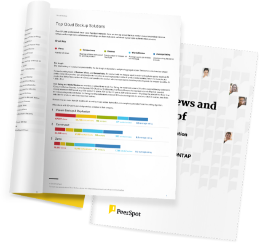It involves a lot of investment. The learning curve is not similar to other products, like K2. Regarding the user interface, I have to access workflows and define and manage the processes on the variant of a Windows application, which is not accessible if you don't have access from the client to install it on the workstation. And most of the solutions we're currently evaluating are web-based. Our customers and developers have complained that the UI is a little bit confusing. It has lots of elements. It's not user-intuitive compared to other products. Other than that, the licensing model is our main concern.




